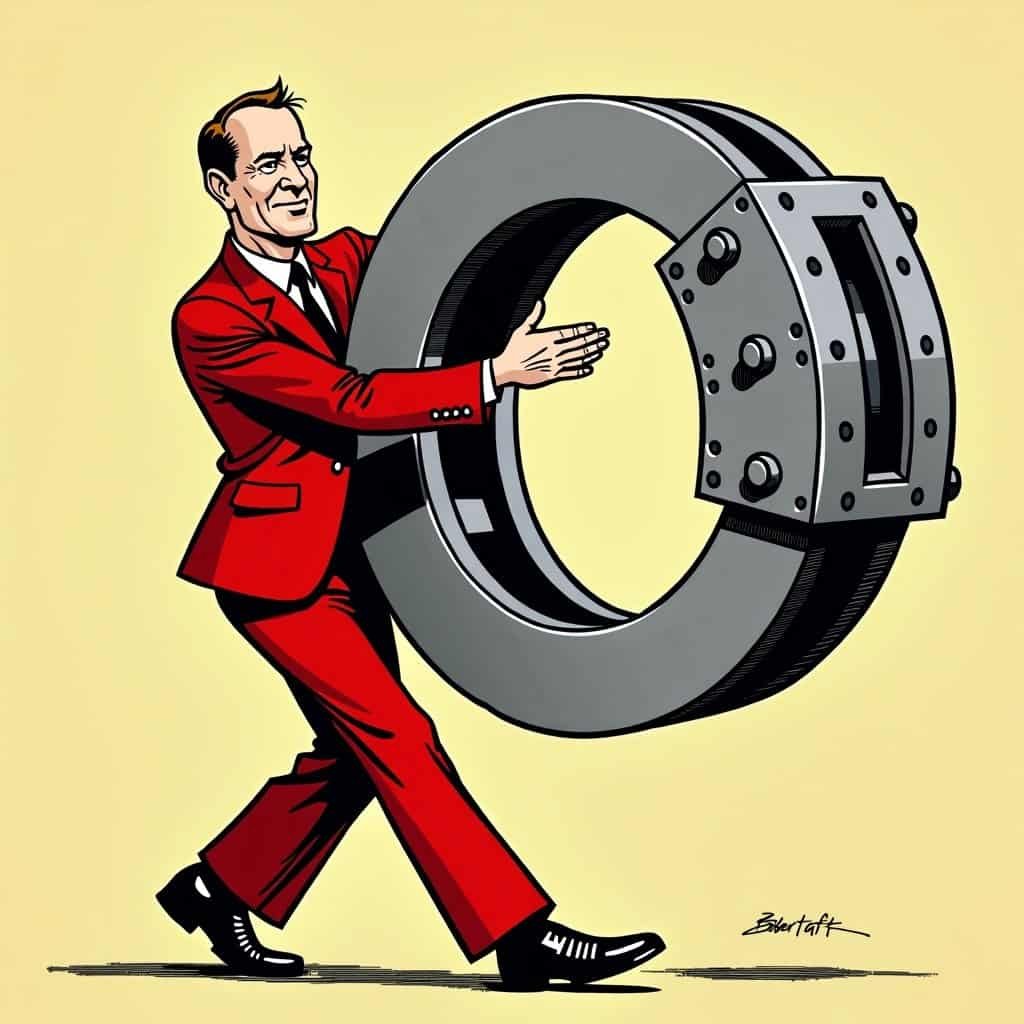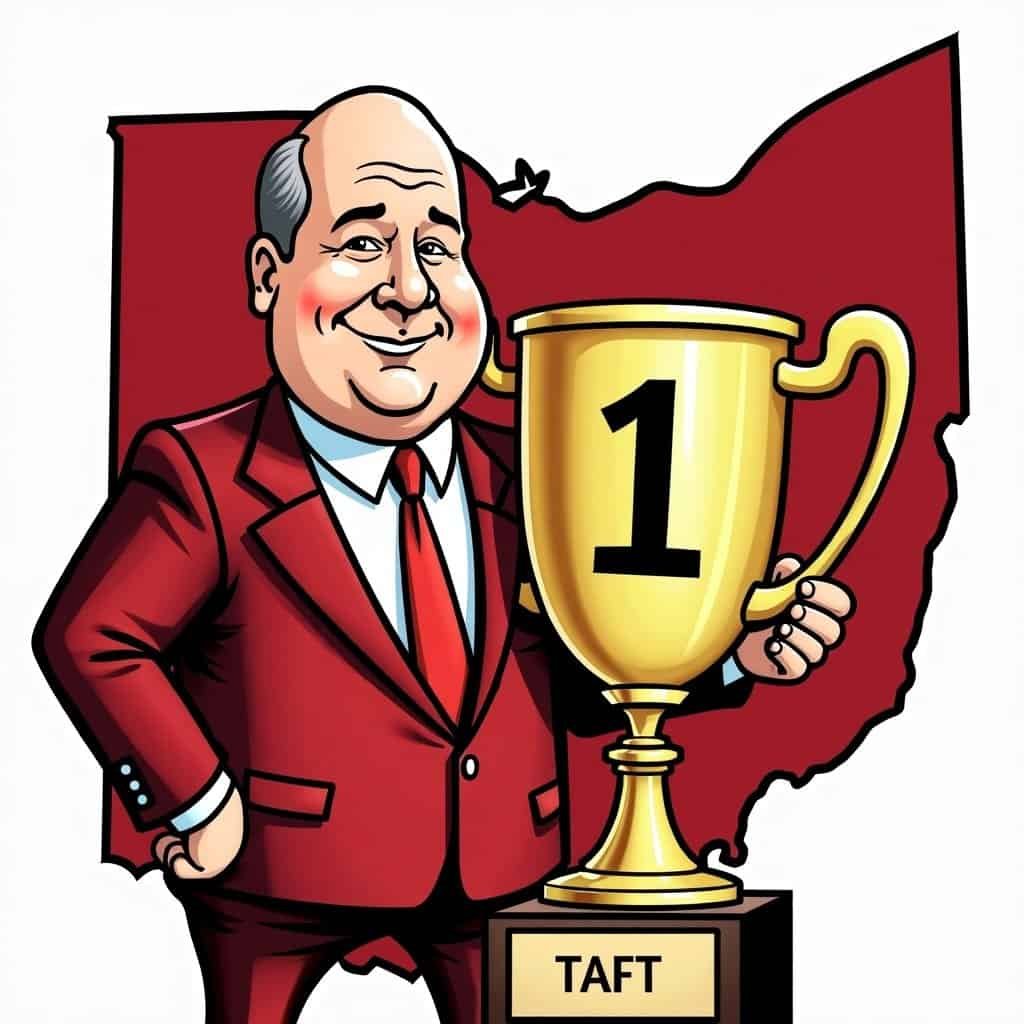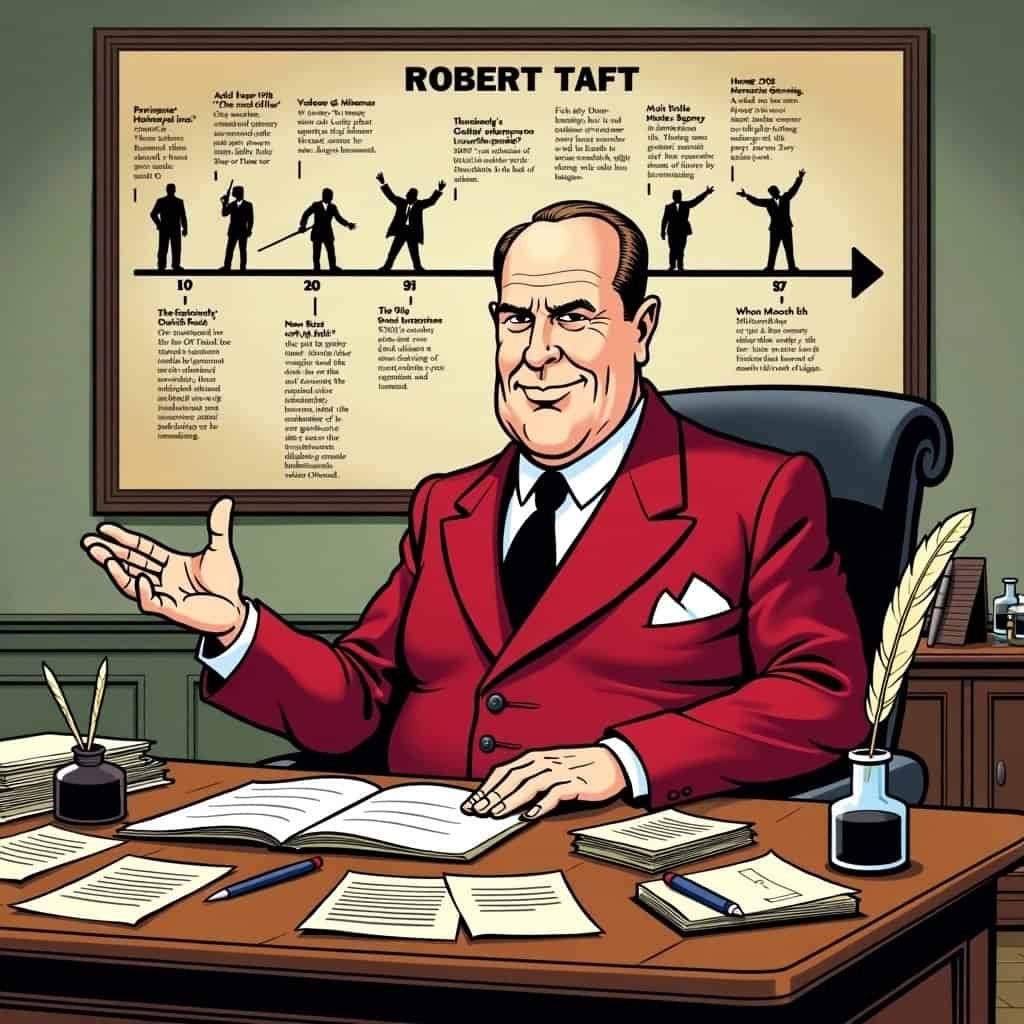Once upon a time in the charming land of America, there lived a principled gentleman named Robert Taft, who valiantly championed the cause of Advocacy for Judicial Restraint. Now, judicial restraint might not sound as exciting as a triple espresso at 8 a.m., but hang on to your gavel because its role in maintaining the balance of power is nothing short of a blockbuster story.
Imagine a world where judges don’t fancy themselves as lawmakers from the bench, dishing out decrees like they’re handing out candy at a wild Halloween party. In this magical, conservative-friendly land, Taft knew that preserving the integrity of our revered institutions meant keeping these robed individuals in line—far from any lawmaking powers.
Taft had a vision, a vision where judges, quite ironically, judged rather than ruled. Isn’t that what true democracy is all about, after all? His mission emphasized respect for the boundaries rightfully belonging to different branches of government. You see, unlike some people on the other side of the aisle, he understood that whole separation of powers thing. You know, that brilliant idea where each branch keeps the other from turning into a supreme ruler.
Judicial Restraint in Practice
But what does this look like in real life? It’s more than making sure judges don’t suddenly start creating laws based on their thinly veiled dreams of a progressive paradise. It’s about going back to core values, where legislation is crafted in the chambers of elected officials, not behind closed judicial doors. Now, there’s a fresh idea – you vote for people to do a job and they actually do it! Who would’ve thought?
Key Principles of Judicial Restraint
- ✅ Judges interpret laws, not make them
- ✅ Respect for separation of powers
- ✅ Deference to legislative intent
- ✅ Avoiding judicial activism
- ✅ Upholding constitutional values
In Robert Taft’s universe of judicial restraint, the founding fathers must have been nodding vigorously somewhere beyond the clouds, cheering, “That’s the spirit!” because it’s a system that works to the benefit of every true-blooded American. It’s a principle that limits any unnecessary expansion of judicial power based on whims or the latest public opinion, which might sound bold, but hey, history hasn’t been too kind to unchecked power, has it?
Sure, some may argue that the liberal idea of using the judiciary to bring about sweeping, unchecked changes is all about progress. But progress at the expense of constitutional values? Well, that’s like throwing out the recipe and wondering why your cake fell flat. Conservatives get it – sometimes the best course is sticking to what has worked wonderfully for centuries.
Taft’s Legacy
So here’s to Robert Taft, the unsung hero of fair and balanced judicial magic! Next time you see a law passed by good old-fashioned democratic means, remember, that ghostly shadow of Taft is somewhere smiling and your pumpkin spice latte just tastes that much better.
Robert Taft’s Impact on Judicial Philosophy
| Aspect | Contribution |
|---|---|
| Separation of Powers | Emphasized clear boundaries between branches |
| Judicial Role | Advocated for judges to interpret, not create laws |
| Constitutional Integrity | Promoted adherence to original constitutional values |
| Legislative Respect | Encouraged deference to elected officials’ decisions |






